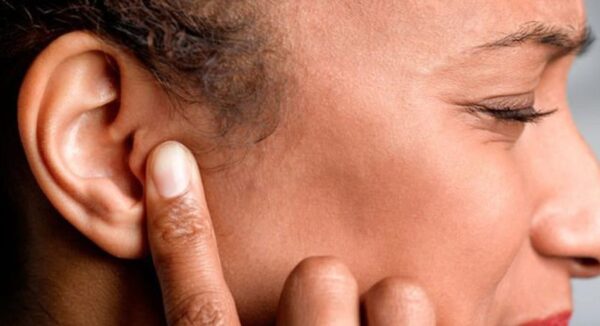Lifestyle
What to do when water gets stuck in your ear

While it usually resolves on its own, that full, muffled feeling can be frustrating and even risky if not properly handled.
Here’s what you need to know about why it happens, how to safely get the water out, and when it might be time to see a doctor.
Why does water get stuck in your ear?
Sometimes, the water stays in because surface tension holds it in place, especially if you tilt your head the wrong way or use earbuds, which can push moisture deeper in.
How to get water out of your ear safely
If you feel that “plugged” sensation or hear sloshing sounds, try these gentle, science-backed methods:
1. Tilt and tug
2. Create a vacuum
Press your palm gently against your ear to create a seal, then quickly move your hand back and forth. This can create a light suction effect that may draw out the water.
3. Use the “Valsalva manoeuvre”
4. Try warm air or steam
Use a hairdryer on the lowest heat setting, held at least 30cm away from your ear. The warmth may help evaporate the water. Alternatively, take a warm water and tilt your head afterwards to release the water.
5. Use over-the-counter ear drops
What not to do
Many people make the mistake of sticking objects into the ear, like cotton buds, bobby pins, or fingers. Don’t.
Doing so can:
- Push the water further in
- Irritate the ear canal
- Cause scratches or damage
- Rupture the eardrum in serious cases
Also, avoid pouring oils or homemade concoctions unless advised by a professional. The inside of your ear is delicate. Less is more when it comes to handling it.
When to see a doctor
- Pain or discomfort
- Itchiness
- Discharge from the ear
- Hearing loss
- A feeling of pressure
…it could be a sign of an infection, often called swimmer’s ear. In this case, you’ll need antibiotic drops or medical attention to prevent complications.
Prevention tips for next time
If this happens to you often:
- Use earplugs or a swim cap during swimming
- Dry your ears gently with a towel after showers
- Avoid putting earbuds into wet ears
Water in the ear is usually harmless, but it can become painful or even infectious if left untreated. So the next time your ear feels like a water balloon, try a tilt, a tug, or a warm breeze to clear it up.










